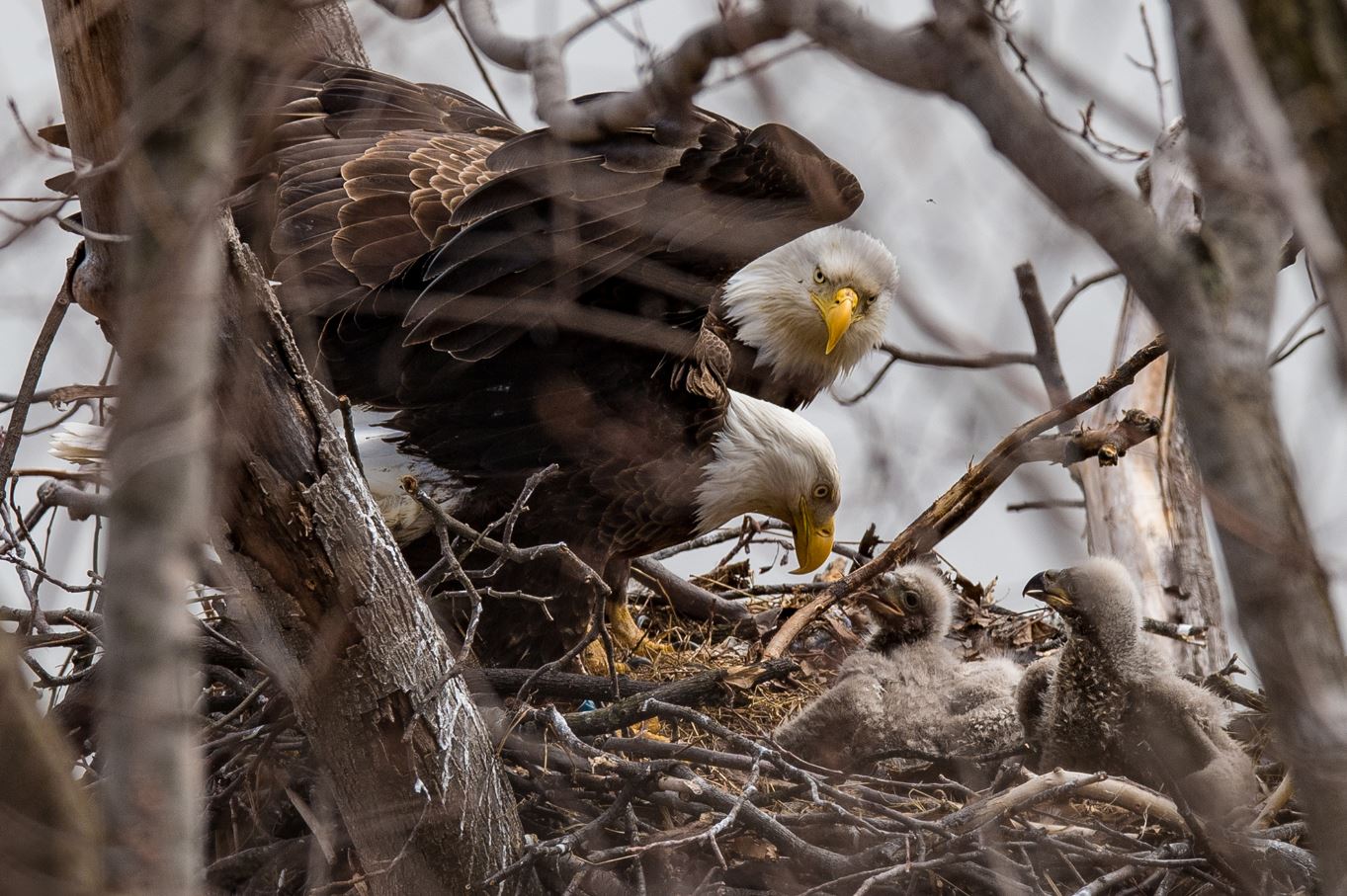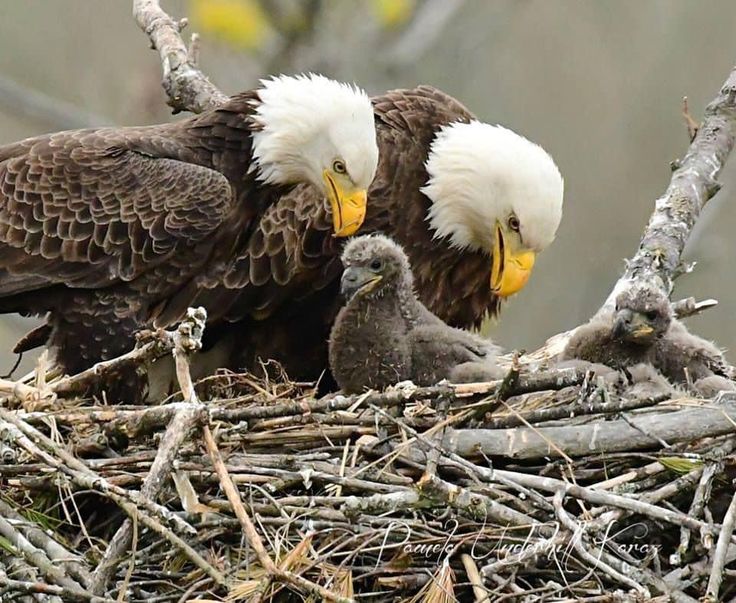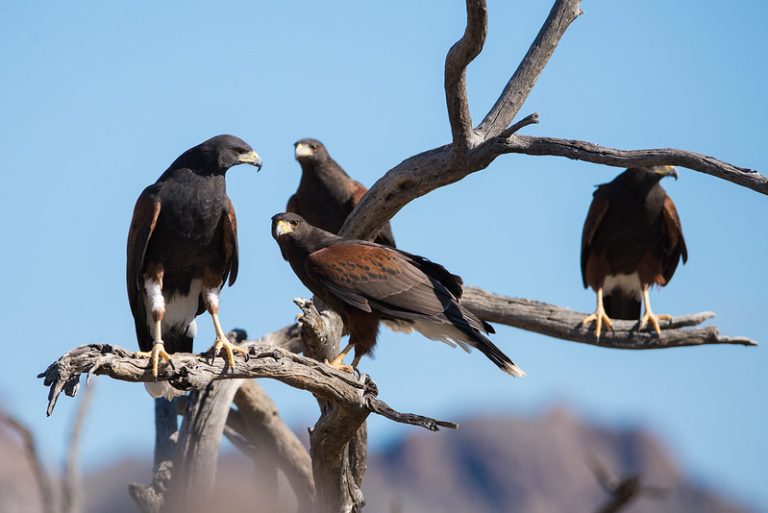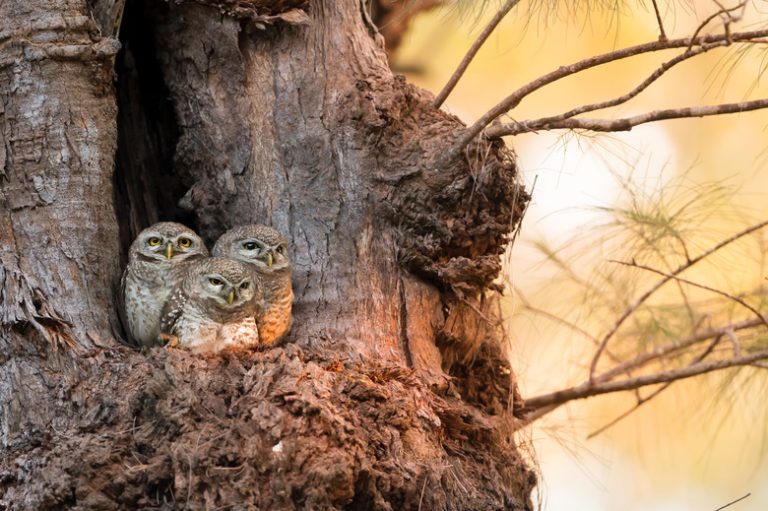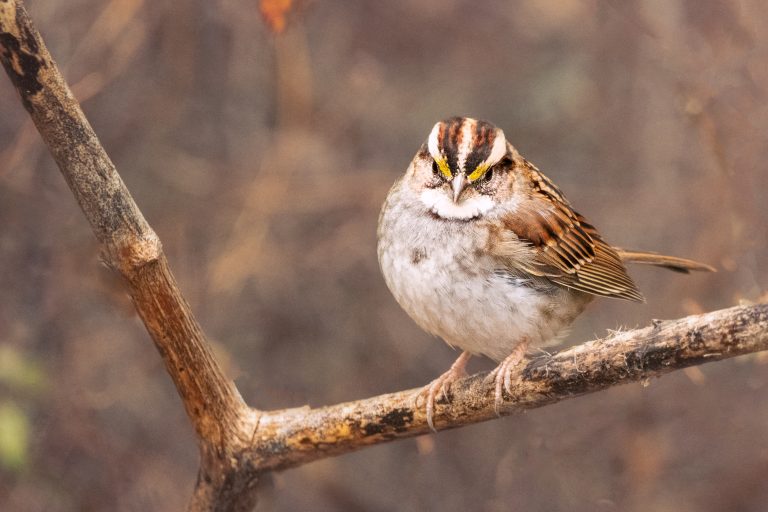Where Do Bald Eagles Live? Discover Their Habitat, Range & Nesting Secrets
When people ask me, “Where do bald eagles live?”, I often smile before answering. As someone who has spent over 13 years observing birds across North America, watching bald eagles never gets old. They are magnificent creatures—symbols of power and resilience. But the truth is, many people are still unaware of where these iconic birds actually live, nest, and thrive.
In this guide, I’ll share my personal experiences alongside trusted scientific sources to help you fully understand the habitat of bald eagles (Haliaeetus leucocephalus). Whether you’re a fellow birdwatcher, a student, or simply curious, this article will give you an in-depth look at where bald eagles call home.
Understanding the Bald Eagle: America’s National Bird
Before we dive into their habitat, let’s briefly talk about why bald eagles are so special.
Bald eagles are birds of prey and belong to the Accipitridae family, which includes hawks and kites. They are not actually bald—their name comes from the old English word “balde,” meaning white or pale. Their white head and tail contrast sharply with their dark brown body, making them easily recognizable.
According to the National Wildlife Federation, bald eagles can have wingspans of up to 7.5 feet (2.3 meters) and weigh anywhere between 6.6 to 14 pounds (3 to 6.3 kilograms). They are top predators, feeding mostly on fish but also scavenging when necessary.
The Geographic Range of Bald Eagles
So, where do bald eagles live? The answer is both simple and complex. Bald eagles are native to North America, and they have one of the widest ranges of any bird of prey on the continent.
Here’s a breakdown of their geographic range:
1. United States (Mainland and Alaska)
In the continental U.S., bald eagles are most commonly found near large bodies of water such as:
- Rivers
- Lakes
- Marshes
- Coastal habitats
They are particularly abundant in states like:
- Florida – Home to one of the largest populations of nesting bald eagles in the lower 48 states.
- Minnesota and Wisconsin – Known for their healthy bald eagle populations.
- Pacific Northwest (Washington, Oregon) – Due to the abundance of salmon and clean waterways.
- Chesapeake Bay Region (Maryland and Virginia) – Historically a significant nesting area.
However, the largest population of bald eagles in the world lives in Alaska. In fact, according to the U.S. Fish and Wildlife Service, more than 30,000 bald eagles live in Alaska alone.
As someone who has birdwatched in Ketchikan, Alaska, I can confirm that seeing dozens of eagles perched along the coastline during salmon runs is an unforgettable experience.
2. Canada
Bald eagles are also widespread throughout Canada, particularly in the following provinces:
- British Columbia
- Alberta
- Manitoba
- Ontario
The Fraser River Delta in British Columbia is one of the best places to observe hundreds of bald eagles congregating, especially during the winter months when salmon spawning draws them in large numbers.
3. Northern Mexico
Although less common, bald eagles can be found in Northern Mexico, particularly in the Baja California Peninsula and parts of Sonora. Their presence here is more sporadic, mainly due to suitable river and coastal ecosystems.
Preferred Habitats of Bald Eagles
Bald eagles prefer habitats near water because their primary food source is fish. But their habitat requirements go beyond just lakes and rivers.
Essential Habitat Features:
- Large Bodies of Water
Eagles need lakes, rivers, or coastal estuaries where fish are abundant. The clearer the water, the easier it is for them to hunt. - Tall Trees or Cliffs
They build nests in tall trees (often pines, oaks, or cottonwoods) near the water’s edge. In areas where trees are scarce, like parts of Alaska, they may nest on cliffs or even man-made structures. - Minimal Human Disturbance
Bald eagles prefer secluded areas for nesting. Human development can interfere with nesting success. - Winter Roosts
During winter, bald eagles gather in communal roosts, especially where rivers don’t freeze and fish remain accessible.
Bald Eagle Nests: Where Do They Raise Their Young?
One of the most fascinating things about bald eagles is their nesting behavior. As an avid birdwatcher, I’ve had the privilege of observing nests in different parts of the U.S., from Florida to Montana.
Nest Characteristics:
- Size: Bald eagle nests, or aeries, are among the largest bird nests in the world.
- Average Dimensions: 5 to 6 feet in diameter and 2 to 4 feet deep.
- Record Nest: According to Guinness World Records, the largest bald eagle nest ever found was in St. Petersburg, Florida—it measured 9.5 feet wide, 20 feet deep, and weighed over 2 tons.
Nesting Locations:
Bald eagles typically choose large, sturdy trees that are at least 50 feet tall. They favor trees with open branches to provide a clear flight path.
In areas where trees are absent (like the treeless coastlines of Alaska), eagles may use:
- Rocky cliffs
- Snags (dead standing trees)
- Artificial platforms or utility poles (less common but increasing due to conservation efforts)
Seasonal Movements: Are Bald Eagles Migratory?
Many people assume that all bald eagles migrate, but that’s not always the case.
Resident vs Migratory Populations:
- Southern Populations (e.g., Florida, Southern California): Usually non-migratory because the climate allows them to find food year-round.
- Northern Populations (e.g., Alaska, Canada): Often migratory, especially when lakes and rivers freeze. They fly south to find open water.
According to the Cornell Lab of Ornithology’s All About Birds, some eagles may travel up to 1,500 miles during migration, though many only move short distances.
Conservation: A Habitat Success Story
When I first started birdwatching in the early 2000s, bald eagles were still recovering from near-extinction in the lower 48 states. The widespread use of DDT pesticides in the mid-20th century led to eggshell thinning, causing reproductive failure.
Thanks to conservation efforts like:
- The Bald and Golden Eagle Protection Act (1940)
- The Endangered Species Act (1973)
- The DDT ban (1972)
Bald eagle populations have rebounded dramatically.
In 2007, the U.S. Fish and Wildlife Service officially removed bald eagles from the endangered species list, but they remain protected under the Migratory Bird Treaty Act.
Where to See Bald Eagles: Best Locations for Birdwatchers
If you’re eager to spot bald eagles in the wild, here are my personal recommendations based on over a decade of birding trips:
Top U.S. Spots:
- Alaska’s Chilkat Bald Eagle Preserve – Home to the world’s largest concentration of bald eagles each fall.
- Florida’s Lake Kissimmee – Ideal for viewing nesting pairs.
- Yellowstone National Park – A great place to see bald eagles in action near rivers and lakes.
- Upper Mississippi River National Wildlife and Fish Refuge – A wintering ground for thousands of bald eagles.
Canadian Hotspots:
- Fraser Valley, British Columbia – Spectacular winter eagle gatherings.
- Great Lakes Shorelines – Especially Lake Superior and Lake Erie.
Final Thoughts: The Legacy of Bald Eagles
As someone who has spent countless hours watching these majestic birds, I can confidently say that bald eagles are one of North America’s greatest conservation success stories. They live across a wide range of habitats, but they are always tied to the water—the source of their food and their way of life.
From the remote coasts of Alaska to the bayous of Florida, the bald eagle’s presence is a reminder of both nature’s grandeur and humanity’s responsibility to protect it.
If you’re planning your first bald eagle sighting, grab a pair of binoculars, head to a local river or lake, and look up—you just might spot one soaring above.
FAQs
1. Where do bald eagles live year-round?
Bald eagles live year-round in areas with abundant food and open water. In warmer regions like Florida or the Pacific Northwest, many are permanent residents.
2. Do bald eagles live only in the United States?
No. While bald eagles are most common in the United States, they also live in Canada and parts of northern Mexico, especially near large bodies of water.
3. Why do bald eagles live near water?
Bald eagles primarily eat fish, so they prefer habitats close to lakes, rivers, and coastal regions where food is plentiful.
4. Do bald eagles migrate?
Some bald eagles migrate, especially those from Alaska and Canada, where rivers freeze in winter. Southern populations often stay in the same location year-round.
5. Where is the best place to see bald eagles in the wild?
Top spots include Alaska’s Chilkat Bald Eagle Preserve, Florida’s Lake Kissimmee, and British Columbia’s Fraser Valley during the salmon run.

